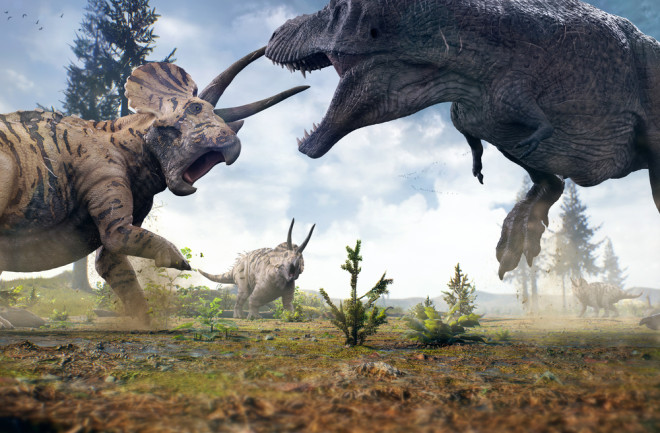Movies like the Jurassic Park franchise and TV shows like Jurassic Fight Club pit the Tyrannosaurus rex against the Velociraptor and invite us to ask, “Who would win?”
But most paleontologists don’t ask this question — they’re usually more concerned about the bigger picture. How did these animals evolve and what roles did they play in their ecosystems? As researchers attempt to piece together the lives of animals that lived tens and even hundreds of millions of years ago, they unearth ever-more tantalizing clues about some of the largest, most powerful predators to walk the Earth.
Just about all carnivore dinosaurs, from the two-pound Microraptor to nine-ton T. rex, belong to the same group: the mostly two-legged, three-toed theropods. Not all theropods were carnivores. For instance, the Freddy Kreuger-like Therizinosaurus, despite its fearsome appearance, used its huge claws to snag leaves to eat. And one sub-group of theropod dinosaurs is still alive today: birds.
All theropods evolved from one common ancestor, but over tens of millions of years and thousands of miles of territory, they diverged in surprising — and sometimes terrifying — ways.







